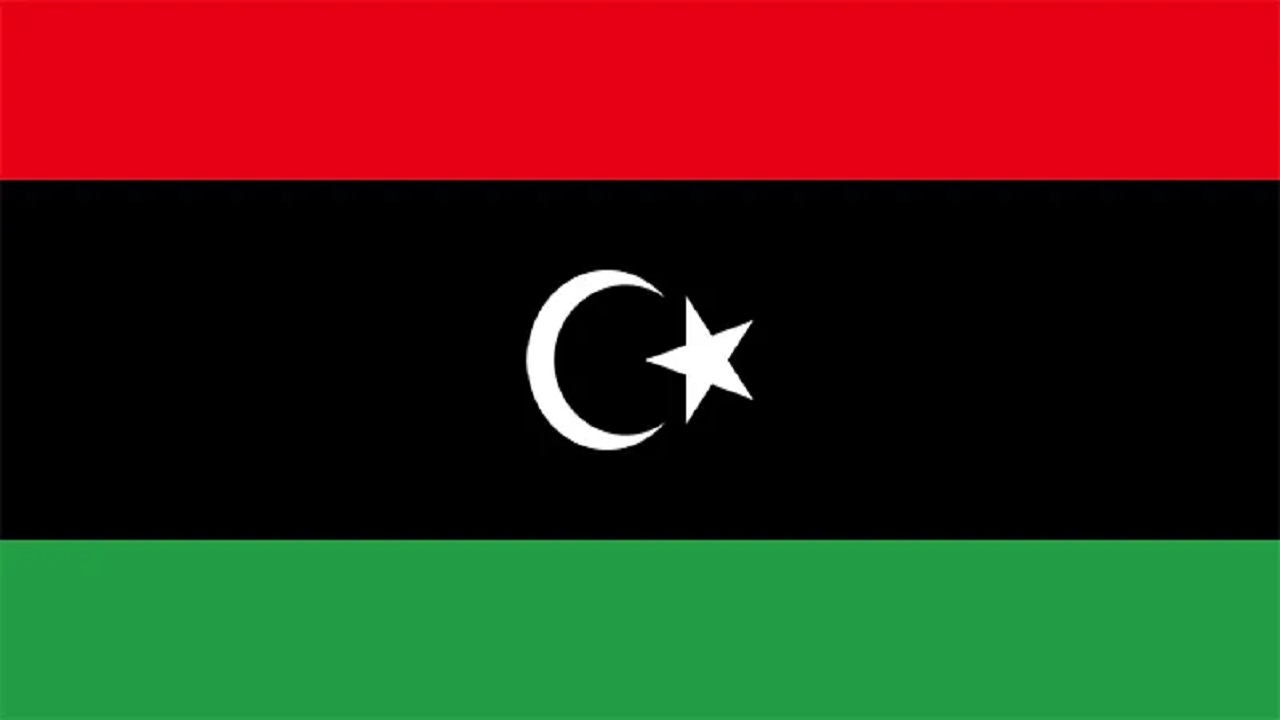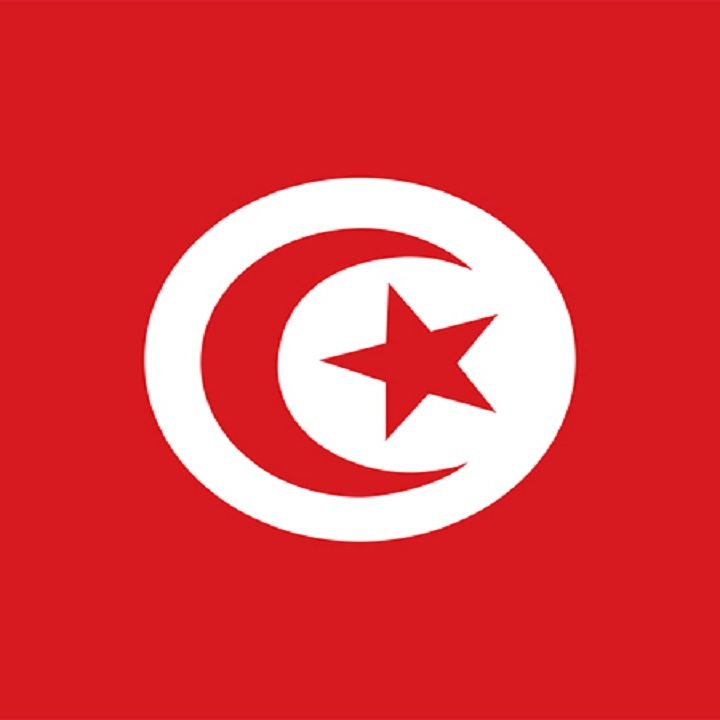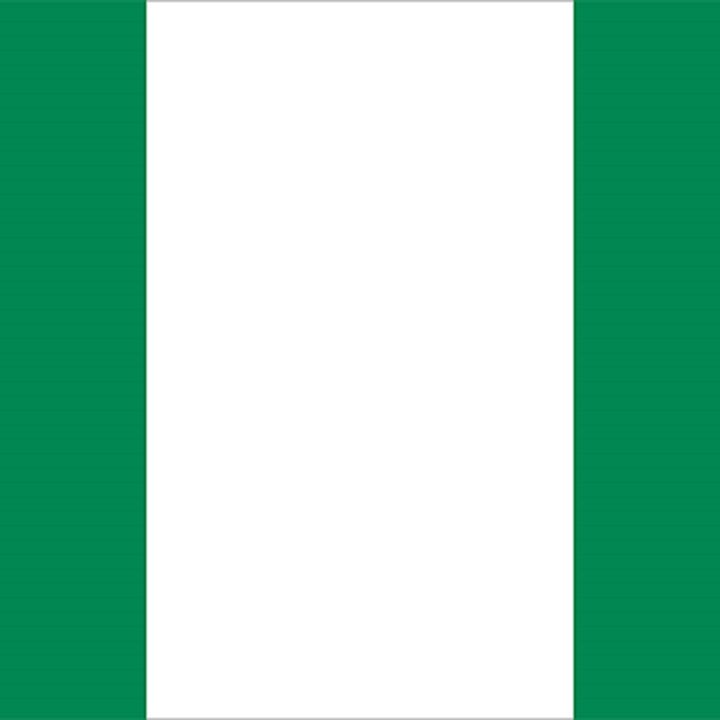20 Fascinating Facts About Libya
1. Libya, located in North Africa, is the continent’s fourth-largest and the world’s 16th-largest country by area.
2. Libya has been inhabited for thousands of years. The UNESCO-listed Rock-Art Sites of Tadrart Acacus have a collection of thousands of cave paintings dating from 12,000 BC to 100 AD.
3. Libya was originally inhabited by the Berber people, also known as Amazigh. Berbers are considered the indigenous inhabitants of North Africa and have occupied the region since at least 2000 BC.
4. Libya has an ancient history: in the 7th century BC, Phoenicians settled in Tripolitania; in the 6th century BC, Carthage conquered Tripolitania; in the 4th century BC, Greeks colonized Cyrenaica and named it Libya; and in 74 BC, the Romans conquered Libya.
5. The UNESCO-listed Archaeological Site of Cyrene was one of the main cities of the Greek empire. It was founded around 631 BC and was later incorporated into the Roman Empire until an earthquake struck in 365 AD.
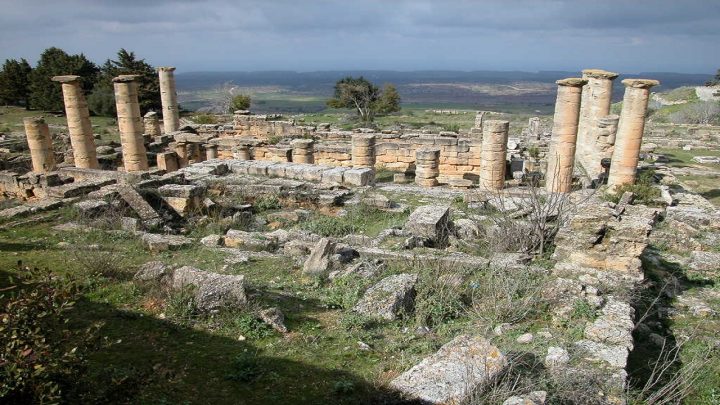
6. Libya was also part of the Ottoman Empire from the 16th century until Italy seized control around 1911-12.
7. The name Libya stems from an ancient tribe called the Libu, first mentioned in texts from the 13th century BC.
8. During World War II, Italy was ousted by the Allied forces. France and Britain administered the country until 1951 when Libya became independent under King Idris I.
9. Libya has Africa’s largest and the world’s ninth-largest proven oil reserves, with 48 billion barrels in 2019.
10. Following independence, Libya was divided into three regions – Tripolitania, Cyrenaica, and Fezza – which are represented in Libya’s flag of three horizontal stripes of red, black, and green. The flag also features a star and crescent which are symbolic of Islam, as is green.
11. King Idris I was deposed by Colonel Gaddafi in 1969 who ruled until he was killed in 2011.
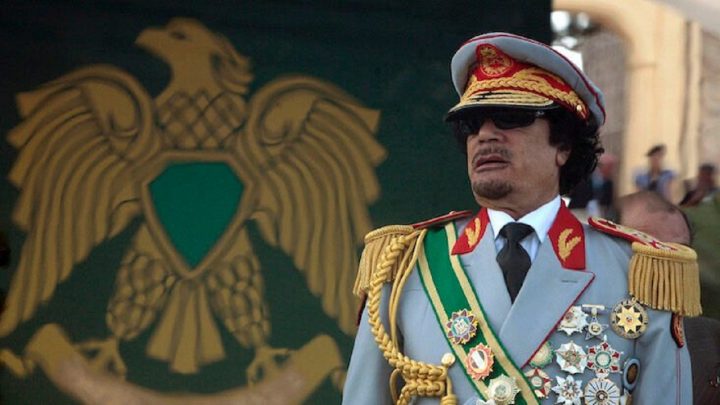
12. Gaddafi was toppled in 2011 following an armed rebellion assisted by Western military intervention. The rebellion led to a civil war which then led to Gaddafi’s death following his capture by rebel forces.
13. From 1977 to 2011, Libya was renamed the Libyan Arab Republic to the Great Socialist People’s Libyan Arab Jamahiriya Gaddafi.
14. During that time, the country had a plain green flag which was the only national flag to have a single plain color. After Gaddafi’s overthrow, the flag reverted and the red also came to represent the blood that was shed for freedom.
15. Tripoli, Libya’s capital, was originally founded by the Phoenicians in the 7th century BC. The city changed rulers many times and by the 3rd century AD it was known as Regio Tripolitana by the Romans, meaning “region of the three cities” which derives from the Greek words “tria” and “polis” meaning “three cities”.
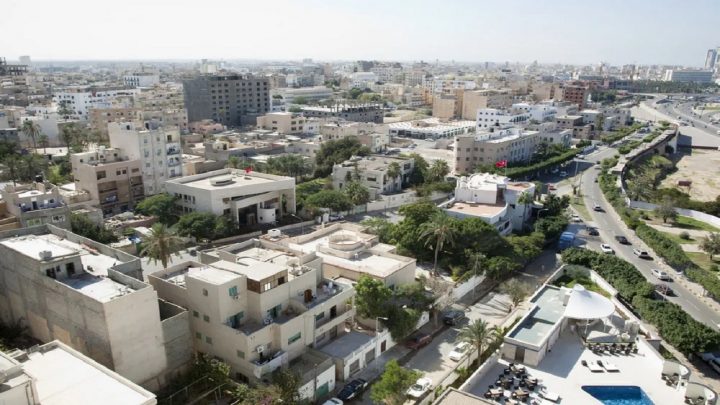
16. One of these cities was the UNESCO-listed Leptis Magna, widely accepted as one of the most beautiful cities of the Roman Empire.
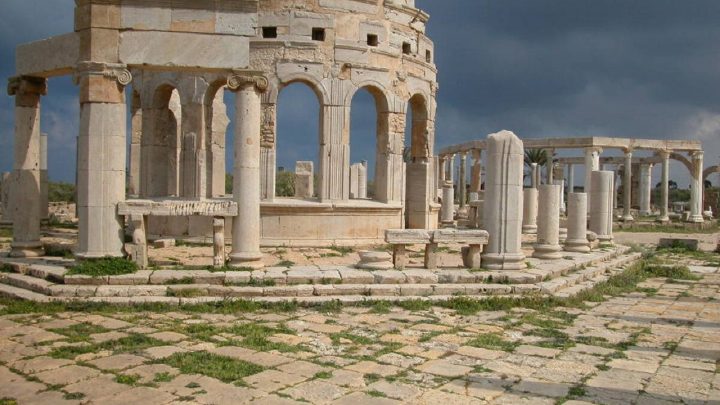
17. Libya is Africa’s most obese nation and the world’s 18th most obese. 66.8% of adults are overweight.
18. Over 90% of Libya is desert or semi desert.
19. Libya is part home to the Sahara Desert, the world’s largest hot desert (excludes Arctic and Antarctic deserts). The part of the Sahara in Libya is known as the Libyan Desert.
20. Hidden in the Sahara is the Ubari Sand Sea, a deep red lake fed by springs from an underground aquifer created by ancient rains. The lake gets its color from algae adapted to survive in its hypersaline water.
